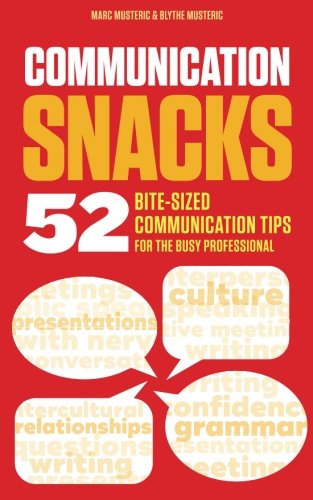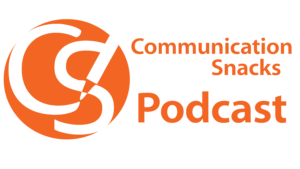This audio recording and practice will teach you how to correctly pronounce the consonant sounds. Below the recording, each sound will begin with the IPA symbol and two words that have the sound in them. Listen to the recording and repeat the sounds and the words as the speaker says them. Make sure you correctly pronounce the sound. There are directions below each sound that explain how to make the sound. Practice this 1-2 times and then go through each of the words on your own. Tip: A good way to make sure you are pronouncing the sound correctly is to watch your mouth in a mirror as you say it. For example, if you are pronouncing the “f” sound, make sure you see your top teeth on your bottom lip.

LISTEN
Listen to the audio recording below.

PRACTICE
Listen to and repeat the IPA symbol and example words.
s (soon, nice)
Put the tip of your tongue behind your top teeth. Force air over the top of your tongue.
(Unvoiced)
z (zoom, goes)
Make the /s/ sound, but use your vocal cords. (Voiced)
ʃ (ship, flash)
The tip of your tongue is back farther in your mouth than the “s” sound. Move your lips
into a round position. (Unvoiced)
zh (measure, beige)
Make the /ʃ/ sound, but use your vocal cords. (Voiced)
t (turn, might)
Put your tongue just behind your top teeth, touching the gums above your teeth. Push air
out of your mouth and quickly move your tongue away from the gums. (Unvoiced)
d (down, modern)
Make the /t/ sound, but you use your vocal cords. (Voiced)
tʃ (chip, inch)
Begin to make a /t/ sound, but then move your tongue back and away from the top of
your mouth as you say the /ʃ/ sound. (Unvoiced)
ʤ (just, merge)
Make the /tʃ/ sound, but use your vocal cords. (Voiced)
p (profit, upload)
Close your lips tightly. Then, push air forward and open your lips quickly. (Unvoiced)
b (benefit, lab)
Make the /p/ sound, but use your vocal cords. (Voiced)
f (format, laugh)
Touch your top teeth with your bottom lip and push air through your teeth. (Unvoiced)
v (vacuum, five)
Make the /f/ sound, but use your vocal cords. (Voiced)
θ (think, math)
Put the tip of your tongue between your top and bottom teeth. Then, push air forward
over your tongue and through your teeth. (Unvoiced)
ð (this, breathe)
Make the /θ/ sound, but use your vocal cords. (Voiced)
k (cable, track)
Touch the back of your tongue to the back of the roof of your mouth. Push air forward
while moving your tongue down. (Unvoiced)
g (grant, lag)
Make the /k/ sound, but use your vocal cords. (Voiced)
m (motor, sum)
Close your lips tightly. Push air through your nose. (Voiced)
n (new, fine)
Put the tip of your tongue just behind the top teeth, touching the gums above your teeth
(in the same place as the /t/ and /d/ sounds). Do NOT close your lips. Push air through
your nose. (Voiced)
ŋ (ring, language)
Touch the back of your tongue to the back of the roof of your mouth (in the same place
as the /k/ and /g/ sounds). Push air through your nose. (Voiced)
l (light, tell)
Put the tip of your tongue just behind the top teeth (in the same position as /t/, /d/, and
/n/). Hold your tongue there while you push air over the sides of your tongue. (Voiced)
r (wrong, far)
Pull your tongue straight back. It’s OK to curl the tip of your tongue up a little bit, but do
NOT touch the tip of your tongue to the roof of your mouth. Make your lips round.
(Voiced)
w (want, away)
Make your lips round and tight. Push air through your mouth while opening up your lips
into a larger “O” shape. (Voiced)
j (yawn, you)
Raise the body of your tongue up towards the roof of your mouth. Then, push air out
while dropping your tongue down. (Voiced)
h (high, ahead)
Don’t move your tongue at all. Push air out of your mouth. (Unvoiced)
More Practice
Try these related pages to help you with the sounds you might be having difficulty with:
Consonant Letters Practice
Difficult Consonant Sounds
Vowel Letters Practice
If you are a MyOvient Plus member, you can ask questions or leave comments about this page. You can also download this audio file. Click here to learn more about MyOvient Membership Options.
© 2011 Ovient, Inc. All Rights Reserved.

 About MyOvient
About MyOvient Contact Us
Contact Us


